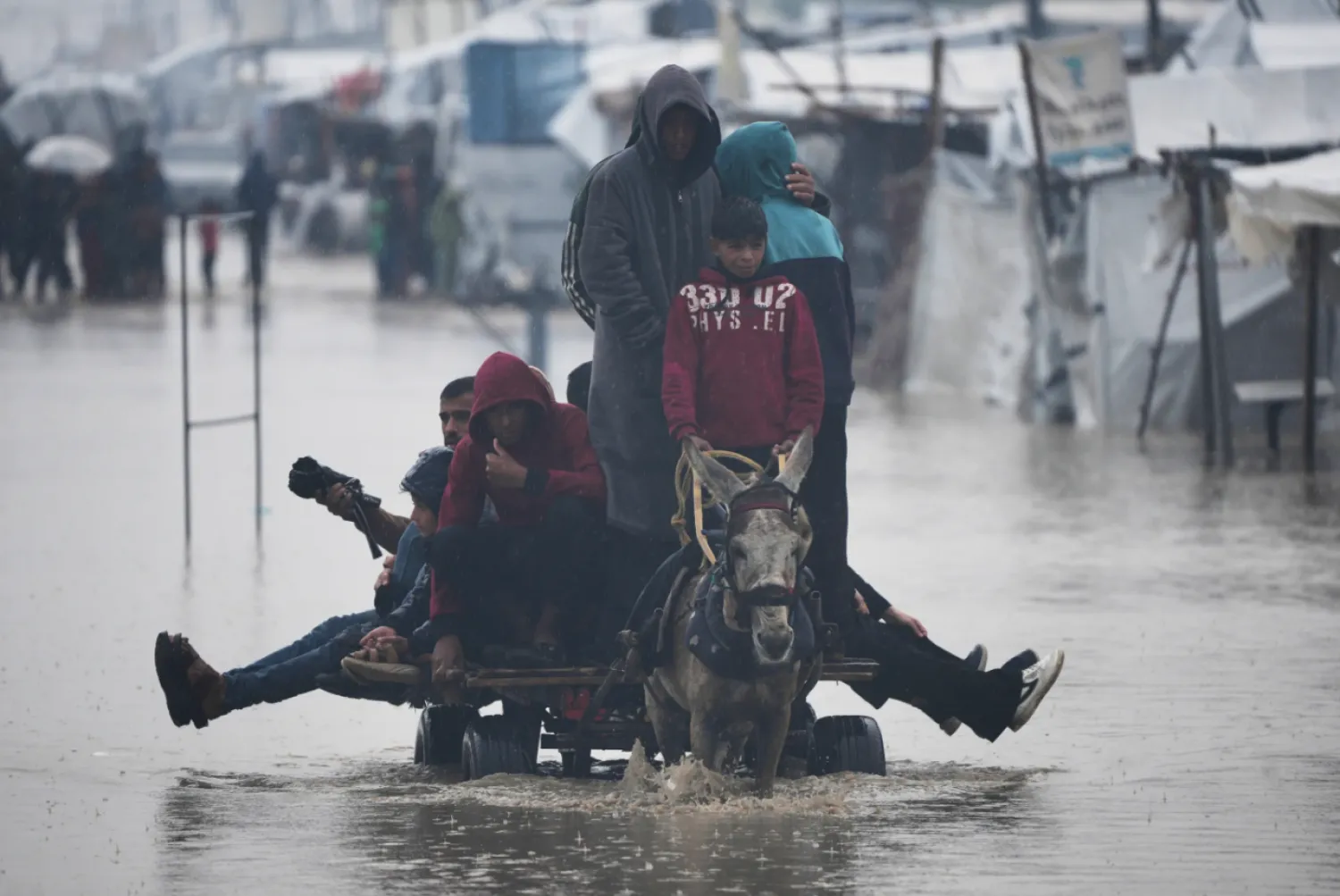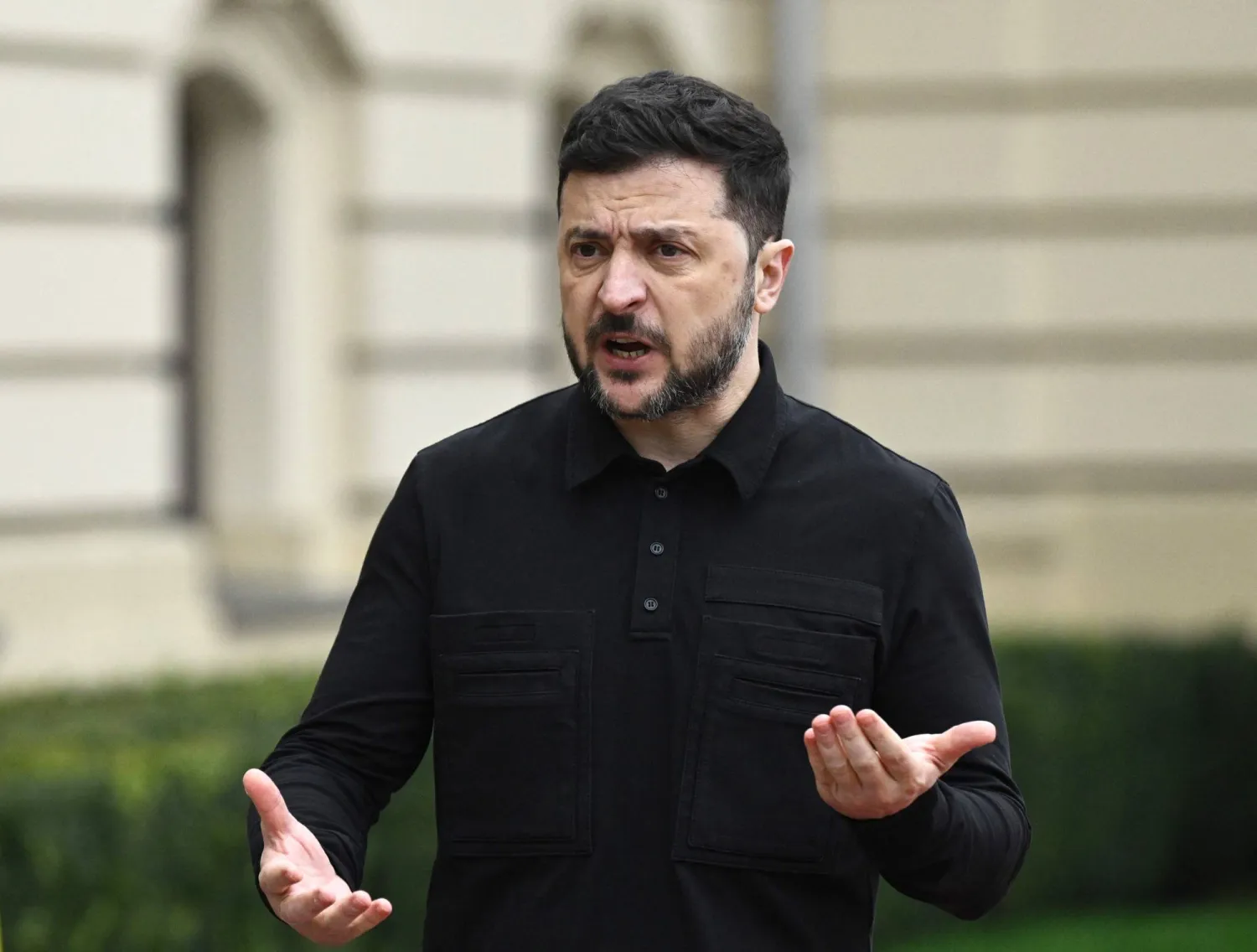They arrived in unprecedented numbers, pushing a strained Sweden to shut its borders as anti-immigration sentiment flared. Five years later, Syrians are still trying to integrate, some more successfully than others.
Abdallah Saleh, a 24-year-old Palestinian who fled Damascus in 2014, finally arrived in the southern Swedish town of Malmo in September the following year after a harrowing journey.
Ten months later, he got his first job as a cashier.
Saleh spent three years learning Swedish and English, taking adult education classes and working on the side.
Now, he's just been accepted into a computer science program at Halmstad University.
"It's been my dream since high school," he tells AFP, beaming.
In 2015, the Scandinavian country took in the highest number of asylum seekers per capita in the European Union, at 163,000. A third of them were Syrians.
"Every day the line of asylum seekers was never-ending. At the end of the day, they were knocking on the window, saying 'please, help us'," recalls a former case handler at the Migration Agency.
Experts say it's too early to tell how well Syrians as a group have integrated, citing a lack of data.
But they say the early signs are pretty positive.
Pieter Bevelander, a professor of international migration at Malmo University, points to 2016 statistics: "Of the Syrians who received a residency permit in 2010, 70 percent now have a job."
"We can expect a similar result for those who arrived in 2015," he suggests.
This is especially the case since Syrians' education level is about the same as Swedes', noted Stockholm University professor Eleonora Mussino.
- Tougher rules -
Sweden was however quickly overwhelmed with the huge influx of migrants knocking at its door.
It ended up adopting a temporary law in 2016 making permanent residency and family reunifications harder to get, offering three-year residency permits instead.
The law expires in 2021, but the hot-button issue is now up for debate again in parliament, which will likely replace it with a permanent law.
Sweden -- a country of 10.3 million people, of whom 12 percent were born outside the EU -- has welcomed large numbers of immigrants since the 1990s, primarily from the former Yugoslavia, Somalia, Iran and Iraq.
But over the years, public opinion on immigration has hardened.
According to AFP, the anti-immigration Sweden Democrats party has in two decades grown to become the third-biggest party, hovering around 20 percent in opinion polls.
"It's an analytical mistake to think that the Swedish attitude to immigration was generous before 2015 and that it changed after the migrant wave," Joakim Ruist, an immigration expert at Gothenburg University, says.
"This tolerance has in reality always been fragile: everybody knew that a large part of the population didn't want refugees in the country," he adds.
- Influx slowed -
Jonas Andersson, a Sweden Democrats MP, tells AFP "the temporary law was necessary but it was just a small step in the right direction."
"Sweden needs to tighten its legislation," he insists.
Since the temporary law came into force, the number of Syrian arrivals has plummeted, to just 5,500 in 2016 and even fewer in the following years.
The same trend can be seen in the number of asylum requests granted.
Hala Alnahas knows that all too well.
With a dentistry degree from Damascus University, she now practices in the small Swedish town of Mariestad.
She has only been granted successive temporary residency permits, despite a shortage of dentists in Sweden.
Her request for permanent residency was recently denied because of a single document missing from her dossier.
"It was a shock, because I pay my taxes, I earn a decent living, I have my own apartment and I don't need anybody's help," she says.
- Hurdles to integration -
Other Syrians say they feel like they're living life on the sidelines.
Unemployed since arriving in Sweden, Ali Haj Mohammad, 45, is struggling to get to know Swedes.
"I get the impression they don't want to talk to refugees. My Swedish isn't very good, but how can I improve it with no job and when I spend my free time with other Syrians or Iraqis?", he complains.
According to Teodora Abda, the head of Sweden's Syrian Association, Syrians' integration "has failed" because of a lack of housing and their limited social contact with Swedes.
"Those who arrived five years ago chose to live with members of their own families," often in immigrant-heavy suburbs, "rather than find themselves alone in northern Sweden" where authorities might have placed them, she explains.
Disadvantaged neighborhoods with strong immigrant populations are rife with social woes and unemployment -- leading to social exclusion, parallel economies and, increasingly, gang shootings.
Sweden -- traditionally homogeneous and now with a high-skilled labor market -- can be challenging for people arriving from war-torn countries, especially those with no skills.
For 38-year-old Majda Ibrahim and her family, who came to Sweden in 2013 just before the big migrant wave, the road to a new life has been arduous, but worth it.
"In the beginning, it was really hard, our life was turned upside down," she says at the family's three-room apartment in Skogas, a Stockholm suburb, home to many immigrants.
Her husband works as a cleaner and their five children are enrolled at school.
After numerous hotel stays, social-services meetings and a slew of black-market sublets, they finally have a place to call home.
"It's the first time in seven years that we have a real apartment lease," says her 16-year-old daughter Alia Daoud in perfect Swedish.
"Now we all have Swedish citizenship," smiles Majda.









